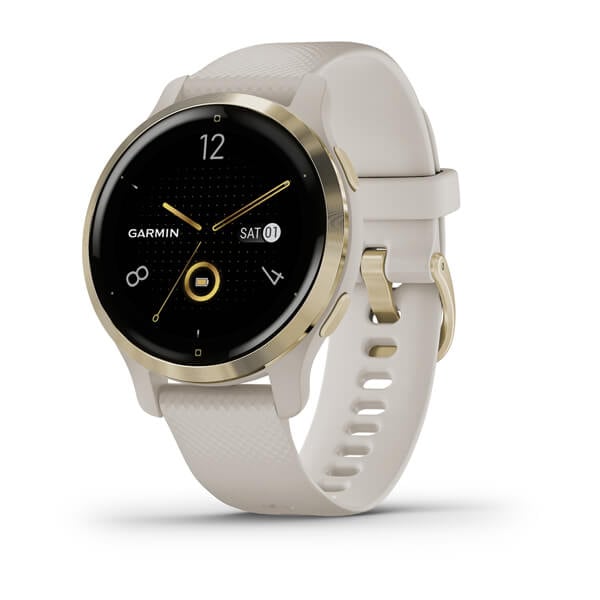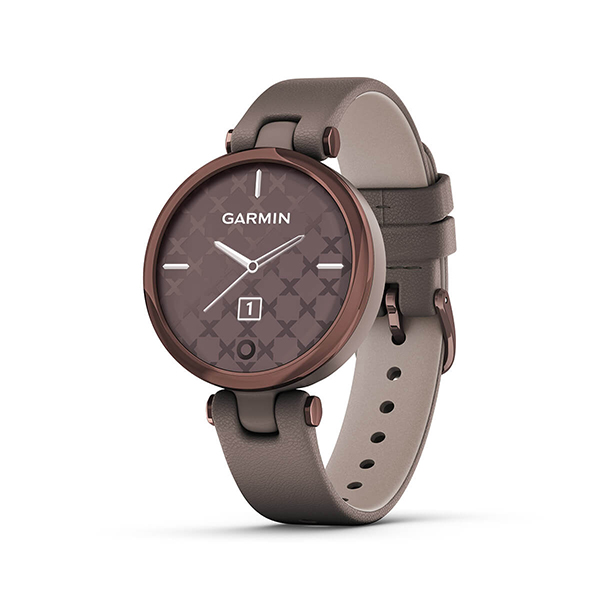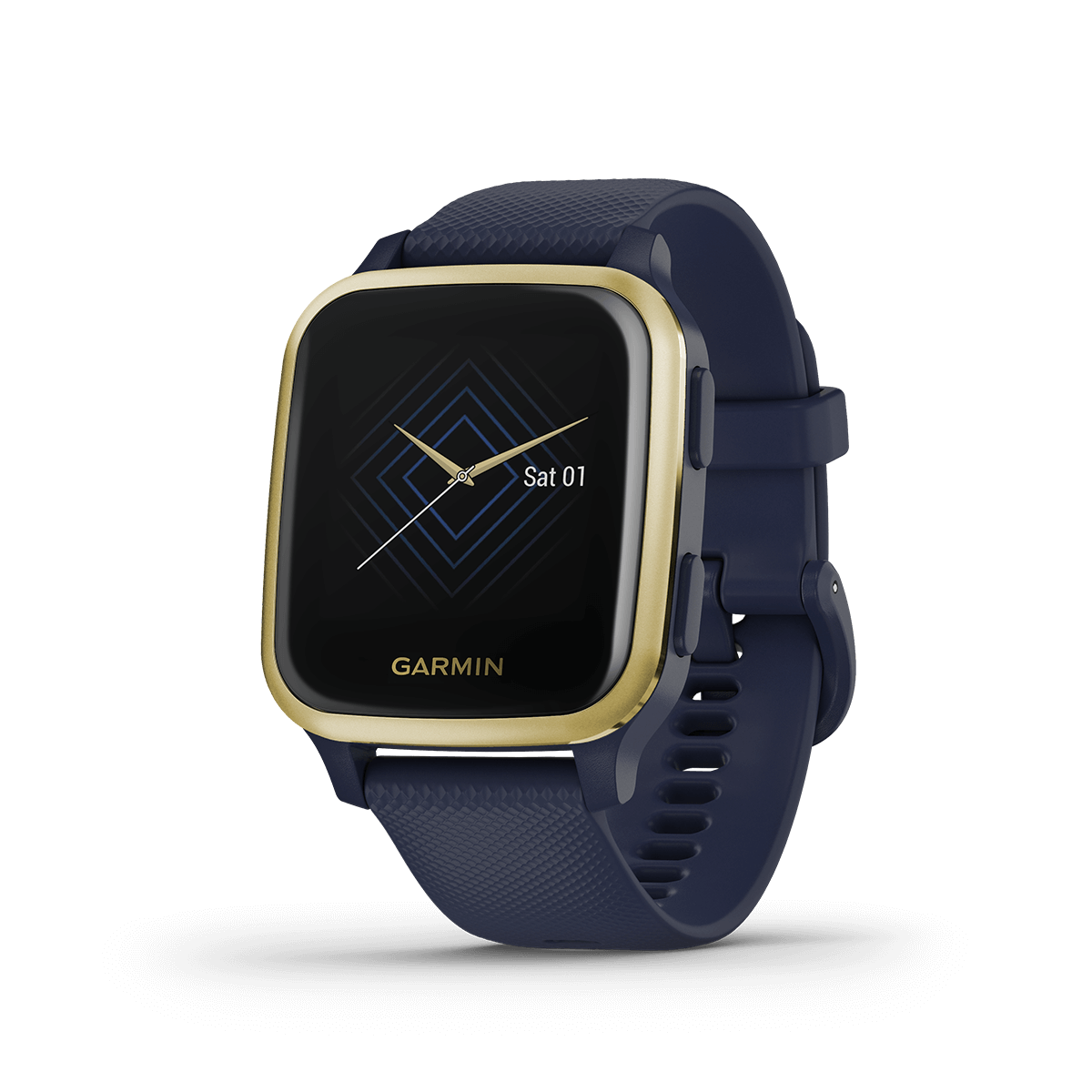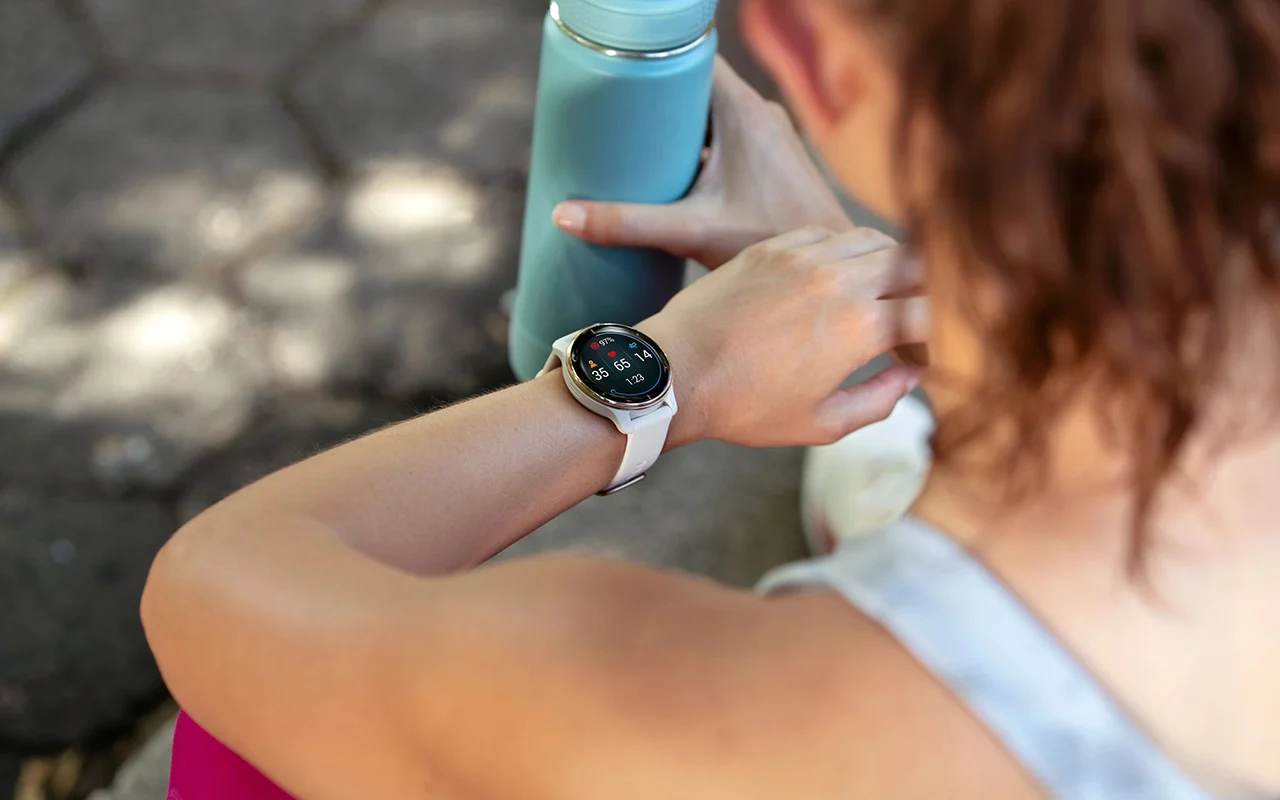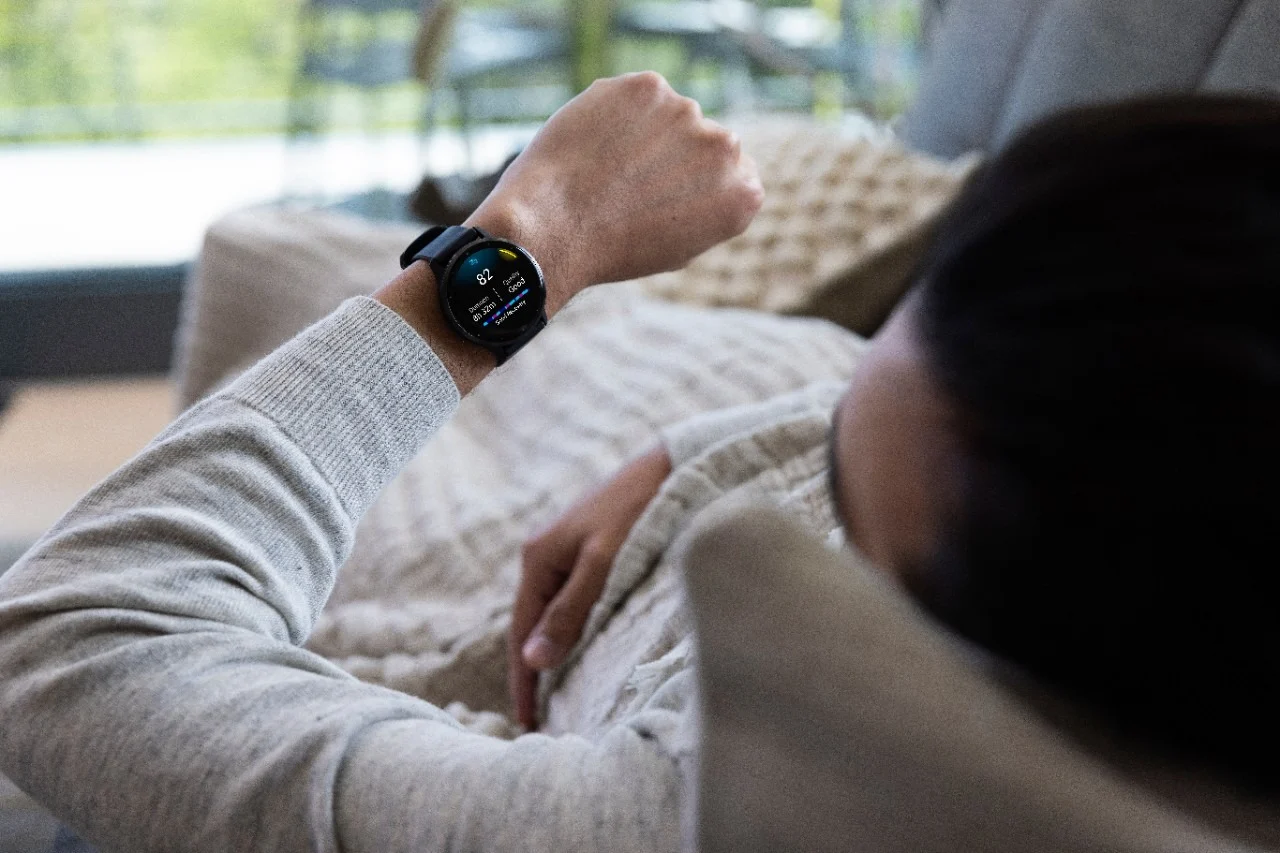
Why Should I Track My Menstrual Cycle?
What tracking your period can tell you about your overall health — and how to treat your period symptoms.
When was the first day of your last menstrual cycle? We’ve all seen some variation of that question when scrambling to fill out forms before a doctor’s visit. If you’ve ever answered with a question mark or included “-ish” at the end of your answer, it’s OK — you’re not alone. But you’re probably missing out on a lot of the benefits that come with tracking your period.
By using Garmin Menstrual Cycle Tracking, either in the Garmin Connect™ app or from a widget on your compatible smartwatch, you’ll quickly get a better understanding of your body and how it changes throughout your cycle. And ultimately, you’ll get a better picture of your overall health. Keep reading to learn about the benefits of having a period tracker that integrates seamlessly with the rest of your health data.
Menstrual Cycle Phases
It’s a bit more complicated than just bleeding or not bleeding. Understanding the four hormone-driven menstrual cycle phases is the first step in understanding what’s happening with your period.
1. Menstruation. The menstruation phase starts on the first day of your period (so this is the date your doctor is typically looking for on those pesky forms) and can last up to 7 days. We typically think of menstruation as coming once a month, but a typical cycle can last between 21-35 days. (We say “typical,” but keep in mind that every body is different. This can vary depending on factors like birth control, age and more.)
Estrogen and progesterone levels are at their lowest when your period first starts — which will frequently leave you feeling drained.
2. Follicular. When you stop bleeding, your body enters the follicular phase, and your estrogen levels continue to rise to prepare your body for ovulation and potential fertilization. That estrogen increase helps with strength and endurance, so you may feel ready to tackle much more than you would during menstruation.
3. Ovulation. Typically around 10-23 days after your period, your body releases an egg for fertilization. The exact day of ovulation can vary, but tracking your cycle should help you to narrow down your fertile window. Having this information will be crucial if you’re trying to get pregnant. (It can also be helpful if you’re sexually active and not trying to get pregnant, but remember that pregnancy can be achieved at any point in your menstrual cycle if you are having penis-in-vagina sex. Just because your menstrual cycle tracker says you aren’t ovulating does not mean you should forego birth control.)
4. Luteal. If the egg released during ovulation is not fertilized, your estrogen and progesterone levels will then start to dramatically decrease. It’s at this point in the menstrual cycle that many people will report experiencing PMS, or premenstrual syndrome.
Treating Period Symptoms
The more information you put into Garmin Connect about what’s happening with your cycle, the more accurate your predictions will become. Over time you’ll get to see the full picture of how your body typically feels during each phase of your menstrual cycle. Those PMS symptoms in the luteal phase? It can be invaluable to know when they’re about to pop up so you can plan to take care of yourself accordingly. Period symptoms like fatigue and body aches might best be met with preemptively planning a decent bedtime or an easier workout. If you typically gain weight and feel bloated, you can also adjust your diet in the few days leading up to that phase so you aren’t accidentally making matters worse by loading up on starchy foods.
Identifying Changes in the Menstrual Cycle
If your symptoms start to change or worsen over time, that may be an indicator that something else is going on. Stress can impact your menstrual cycle, as can other health conditions. Recognizing the change in your cycle is the first step to addressing what might be causing it. In some cases, relaxation techniques like yoga or breathwork (also available on your compatible Garmin Connect device) might help. In other instances, a significant change in your menstrual cycle might indicate the need to check in with your doctor.
Period Tracking and Fitness
According to Women’s Running, more than 75 percent of female athletes experience negative side effects during their menstrual cycles. It’s no surprise, then, that understanding and using that information can work to your advantage in terms of a training regimen.
Getting Started with Garmin Menstrual Cycle Tracking
The sooner you start monitoring your menstrual cycle, the sooner you’ll be able to get those invaluable insights that will enable you to learn more about your own body. To learn how to get Menstrual Cycle Tracking set up on your Garmin Connect account, view our support page here. For a complete list of compatible smartwatches, click here. (Please note that newer devices may require the use of the Women’s Health Tracking app instead, but the features remain the same.)
